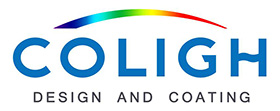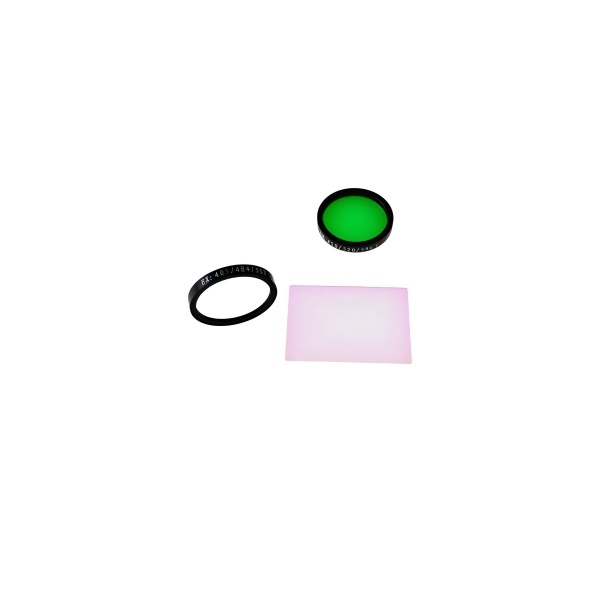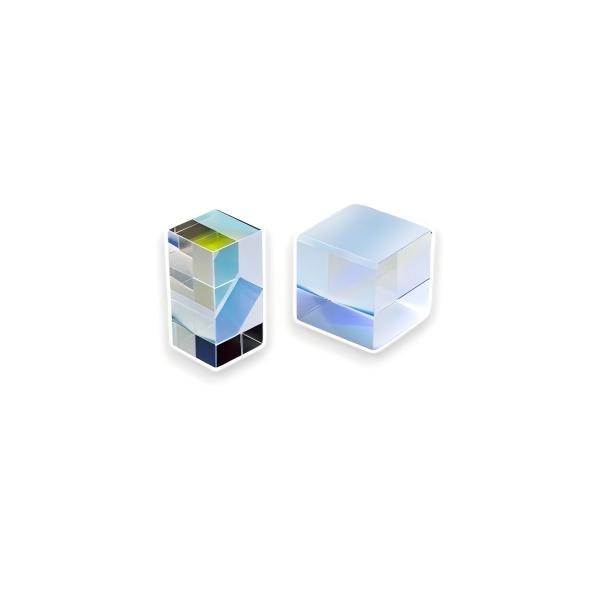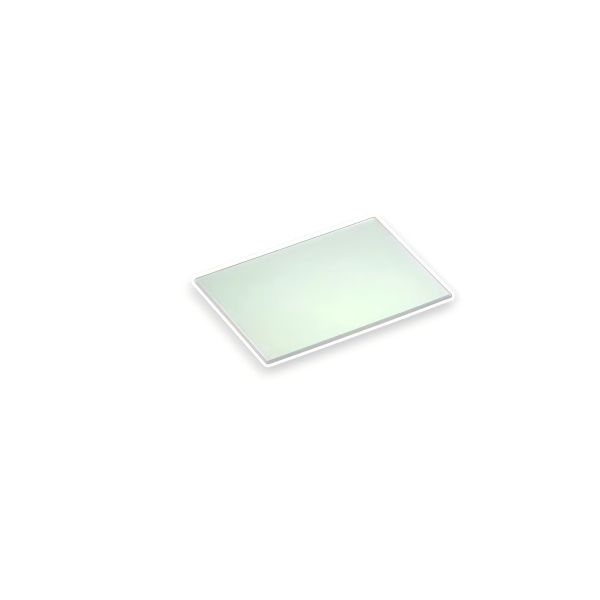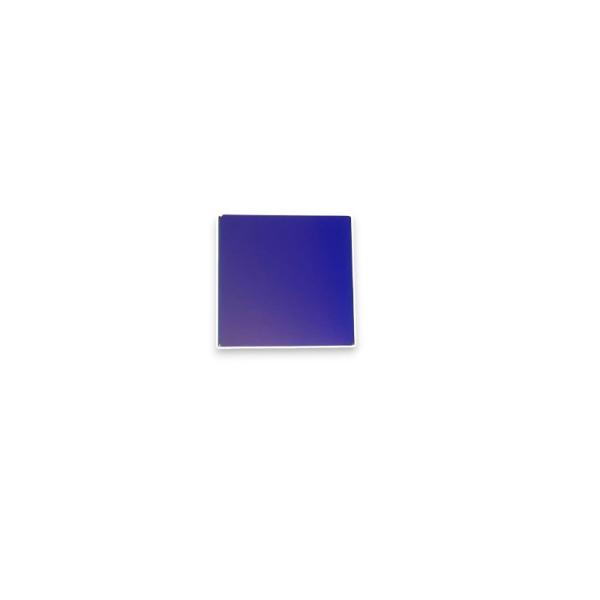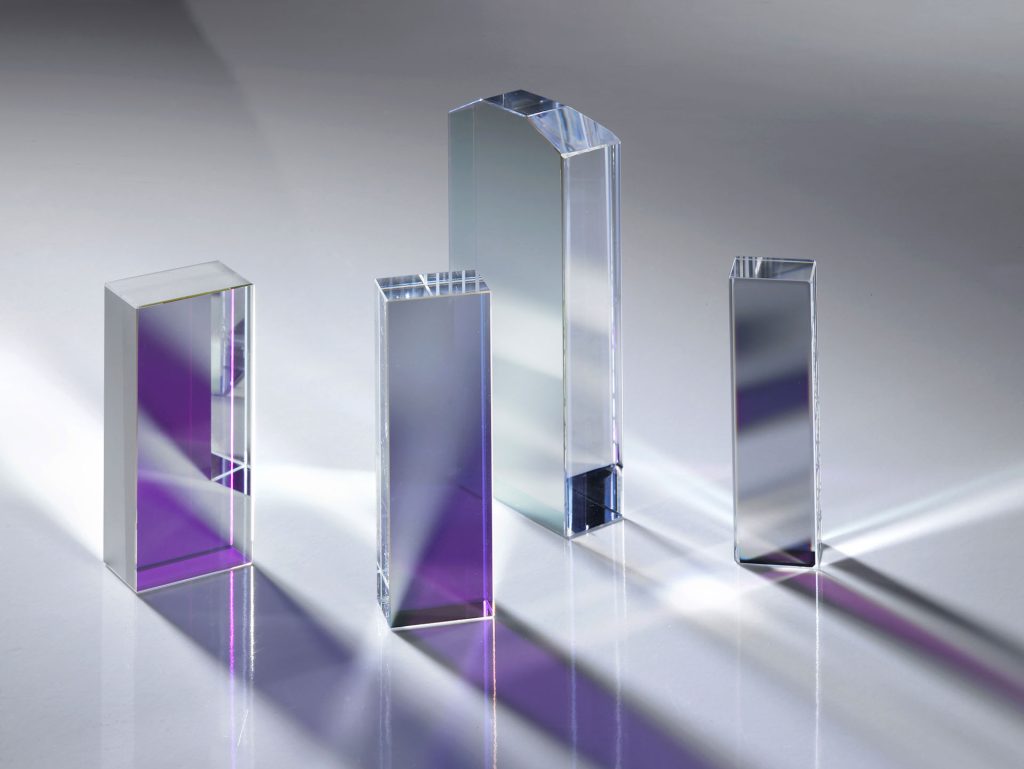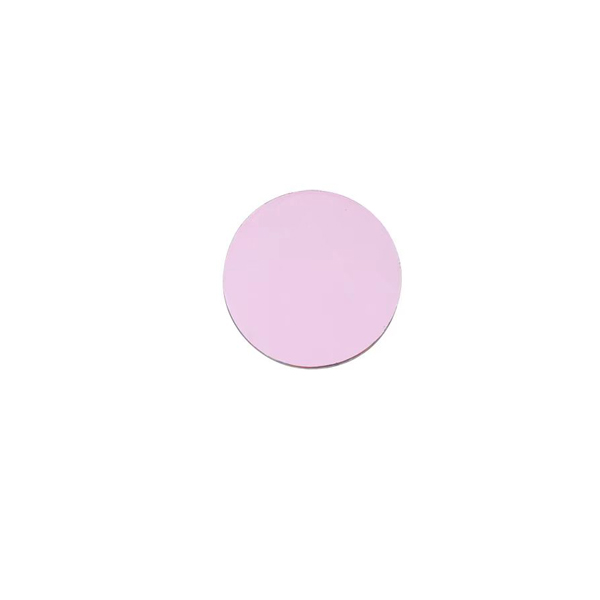

678/18nm Bandpass Optics Filter
678/18nm Bandpass Optics Filter is designed to transmit light centered 678nm and FWHM 18nm. Coligh manufactures EUV to IR optical bandpass filter.
It has features below:
- Center wavelength 678nm
- FWHM 18nm
- Transmission above 90%
- Blocking depth OD>=6
- ION Assisted Hard Coating
Products Categories
Get A Free Quote
Hard-Coated 678/18nm Narrowband Interference Filter Description
678/18nm Bandpass Optics Filter Coligh manufactures A high-performance optical component based on multilayer dielectric film interference technology, designed for spectrally selective transmission in the 678 nm near-infrared band. This product is a hard-coated interference bandpass filter. We achieve narrow-band high transmission and deep blocking OD>=6 through the precise stacking of 60–150 layers of high/low refractive index oxide films
- Central wavelength 678+/-1nm, covering the transition zone from red light to near-infrared, including some fluorescent probe emissions and characteristic spectra of semiconductor materials
- Half bandwidth 18+/-1nm, passband range 669–687 nm, 18 nm ultra-narrow bandwidth accurately isolates target signals and suppresses interference from adjacent bands.
- The transmittance in the passband is greater than or equal to 90%, and the blocking rate outside the passband is greater than or equal to OD6 at 350-1000nm, achieving wide-spectrum deep blocking
- We use fused quartz JGS1 as the substrate. In addition to the low thermal properties of autofluorescence, the film adhesion and density are also high.
- We support customization of any wavelength, bandwidth, material, size, and shape, and provide 10–15 days rapid prototype delivery to reduce customer R&D cycle and comprehensive cost.
678/18nm Bandpass Optics Filter Technical Datasheet
| Parameter | Specification |
| Center Wavelength (CWL) | 678± 1 nm |
| Full Width at Half Maximum (FWHM) | 18nm± 1 nm |
| Peak Transmission | 90% |
| Blocking Range | 350-1000nm |
| Optical Density (OD) | OD ≥ 6 outside passband |
| Angle of Incidence (AOI) | 0° +/-5° |
| Surface Quality | 60/40 scratch-dig (per MIL-PRF-13830B) |
| Material Substrate | Fused Silica JGS1 |
| Coating Type | Hard-Coated Interference Filter/ IAD Assisted Coating |
| Thickness | 1mm (typical) |
| Filter Dimensions | Custom sizes available (e.g., Ø12.5 mm, 60×60 mm) |
| Clear Aperture | >90% of physical size |
| Operating Temperature | -40°C to +85°C |
678/18nm Bandpass Optics Filter Applications
- Biomedicine
In vivo imaging requires the detection of near-infrared fluorescent probes, Cy5.5’s 678 nm emission light, but the autofluorescence of biological tissues <650 nm and the residual 640 nm excitation light will interfere with weak signals. The 678/18nm filter can only allow 669-687 nm fluorescence signals to pass through, shielding stray light of other wavelengths. The 18 nm narrow-band pass window matches the probe emission peak, suppressing autofluorescence below 650 nm and ambient light above 690 nm. In addition, the 678 nm near-infrared band has a penetration depth of 8-10 mm, which is suitable for tumor microenvironment monitoring. - Industrial detection
The nano-scale metal residues of copper and aluminum on semiconductor wafers have significant differences in reflectivity at 678 nm, requiring high-contrast imaging to locate defects, but workshop lighting interference will reduce the signal-to-noise ratio. This filter can be used with a 678 nm LED light source to receive only 669-687 nm reflection signals. Blocking visible light and far-infrared light), highlighting the reflection characteristics of defects. And the 18 nm narrowband reduces optical chromatic aberration and supports submicron defect recognition. - LiDAR
The autonomous driving LiDAR system uses 678 nm laser to detect obstacles, but the interference of sunlight 650-700nm will cause point cloud noise. The 678/18nm narrowband filter covers the LiDAR receiving sensor and only allows 678±9 nm laser echo signals to pass. Blocking the bands other than 669–687 nm in sunlight, the high transmittance maximizes the echo signal strength and improves the accuracy of obstacles - Medical equipment
Non-invasive blood oxygen monitoring is based on the difference in hemoglobin absorption of 678 nm and 940 nm, but skin melanin and tissue scattering will reduce signal accuracy. The 678/18nm optical filter can be paired with a 940 nm filter to transmit only the 678±9 nm absorption signal.
